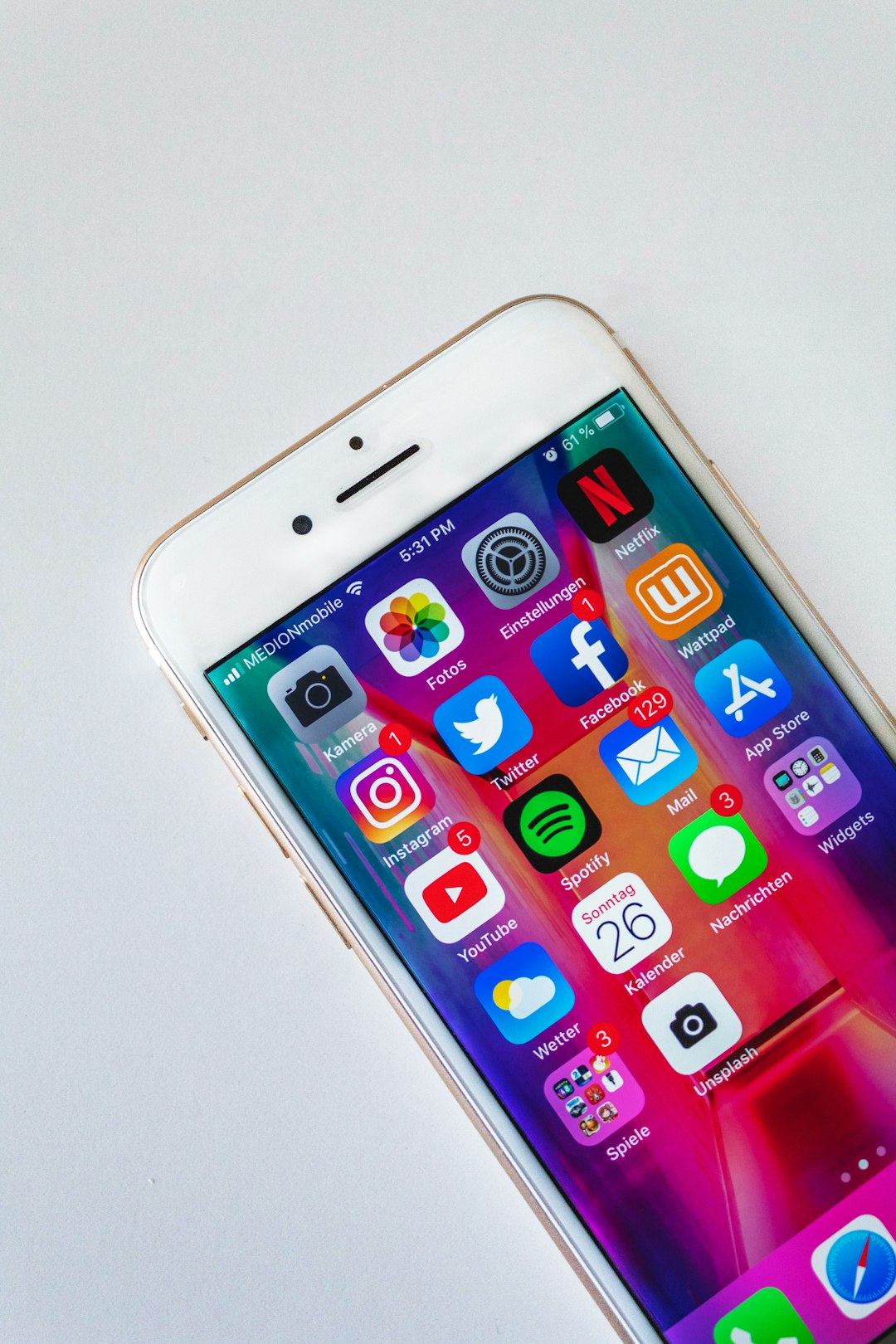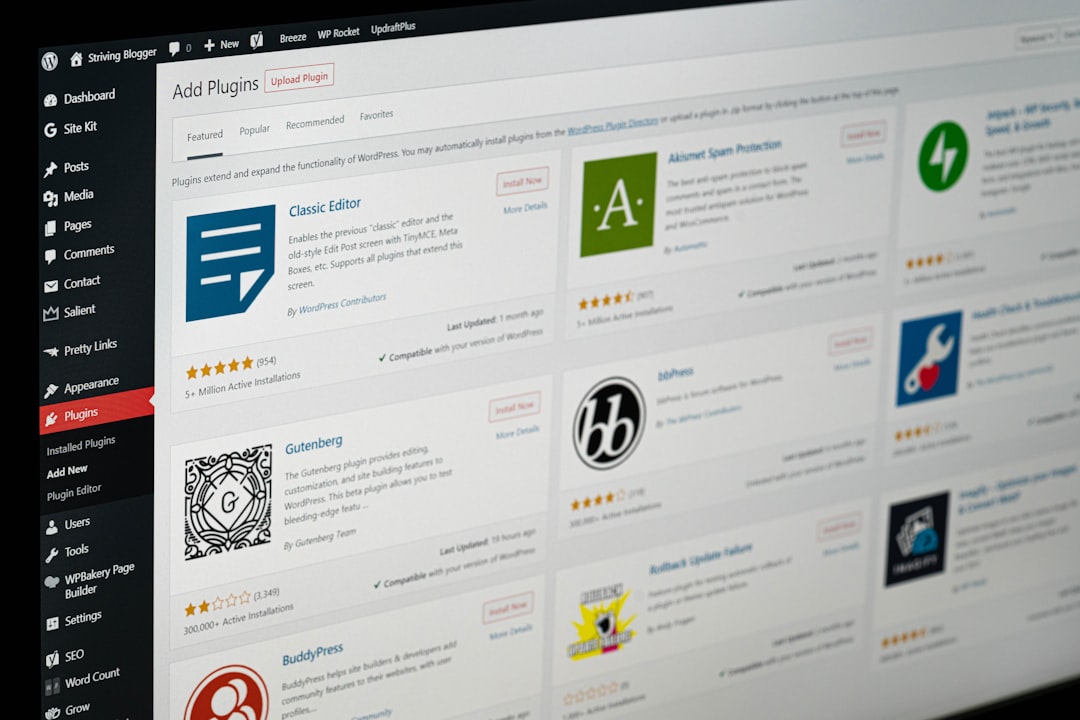
As app developers increasingly aim to capture global audiences, providing multilingual support within an application is no longer a bonus—it’s a necessity. However, translation is a nuanced process that, if mishandled, can significantly deteriorate the user experience and brand credibility. Translation failures are more common than one might expect and can have far-reaching implications for your app’s usability, customer trust, and overall success.
Translation Errors Undermine User Trust
One of the most immediate effects of poor translation is the loss of user trust. When users encounter linguistic mistakes—such as improper grammar, unnatural phrasing, or culturally irrelevant idioms—they may question the professionalism and quality of your app. In fields such as finance, healthcare, or legal services, translation accuracy is particularly crucial and a single mistranslation can lead to serious misunderstandings and reputational damage.
Effective localization goes beyond word-for-word translation; it’s about ensuring that content feels native to the user. When your app communicates efficiently and respectfully in the user’s language, it fosters trust and brand loyalty.
Impact on User Experience and Engagement
Translation failures can also disrupt the user journey through confusing interfaces or incorrect terminology. Menu options, buttons, error messages, or onboarding instructions with flawed translations can cause frustration and lead users to abandon the app.
Consider the performance metrics affected when a poorly translated UI interferes with navigation:
- High bounce rates due to users leaving after the first interaction.
- Low retention caused by inconsistent or confusing user instructions.
- Increased support requests that strain customer service and expose communication gaps.

Translation isn’t just about language; it’s an integral part of user interface design. A seamless UX depends on clear, culturally aware language that supports the visual flow and usability principles of your app.
Negative Impact on SEO and Discovery
Searchability is another area where translation lapses can cause hidden but significant damage. App stores use metadata like titles, descriptions, and keywords to determine visibility in regional searches. If these elements are poorly translated, your app won’t appear in relevant searches, significantly hindering organic acquisition in non-English speaking markets.
Moreover, when metadata lacks linguistic relevance or is filled with improper terms, it not only frustrates search engines but also deters potential users who do find your listing. Misleading or unclear information in the app store can reduce downloads and leave users with unrealistic expectations.
Brand Damage and Public Perception
In a world where screenshots and translations can go viral, a single translation error can turn into a public embarrassment. Companies have faced backlash for translations that were not only incorrect but also culturally inappropriate or offensive. These mistakes can spark social media outrage and severely tarnish your reputation in certain markets.

To protect your brand, it’s vital to incorporate rigorous human review—or hybrid processes combining machine translation with native speaker validation. Automation may speed up the process, but context-sensitive translation still requires human oversight.
Delayed Time to Market
Incorrect translations aren’t just a UX issue—they cause logistical setbacks too. If an app undergoes a soft launch in an international market and translation issues arise, developers often need to pause new releases or push out revision patches. This delays timelines, adds unexpected workload for the localization and QA teams, and increases development costs. In certain cases, it may even necessitate a full re-launch of the localized version.
How to Mitigate Translation Fails
To avoid these costs and risks, follow a structured approach to localization:
- Plan localization early: Integrate translation and localization considerations into the design and development phases, not as an afterthought.
- Hire native linguists: Native speakers understand cultural nuances, idioms, and user tone better than automated tools or non-native translators.
- Use localization platforms: Professional tools provide consistency, version control, and allow for collaboration between translators, developers, and QA teams.
- Test rigorously: Run language-specific QA and gather feedback from real users in each locale. Include language testing in your beta programs.
Every element of your app that carries text—from user notifications to legal disclaimers—needs localized attention to ensure optimal user experience and avoid pitfalls.
In conclusion, translation is not simply a ‘nice to have’ feature in app development—it is foundational to reaching and retaining diverse audiences. Poor translations can negatively affect everything from usability to brand perception and even revenue. To compete globally, developers must prioritize high-quality, culturally aware translation strategies to ensure their app meets user expectations in every language it supports.






